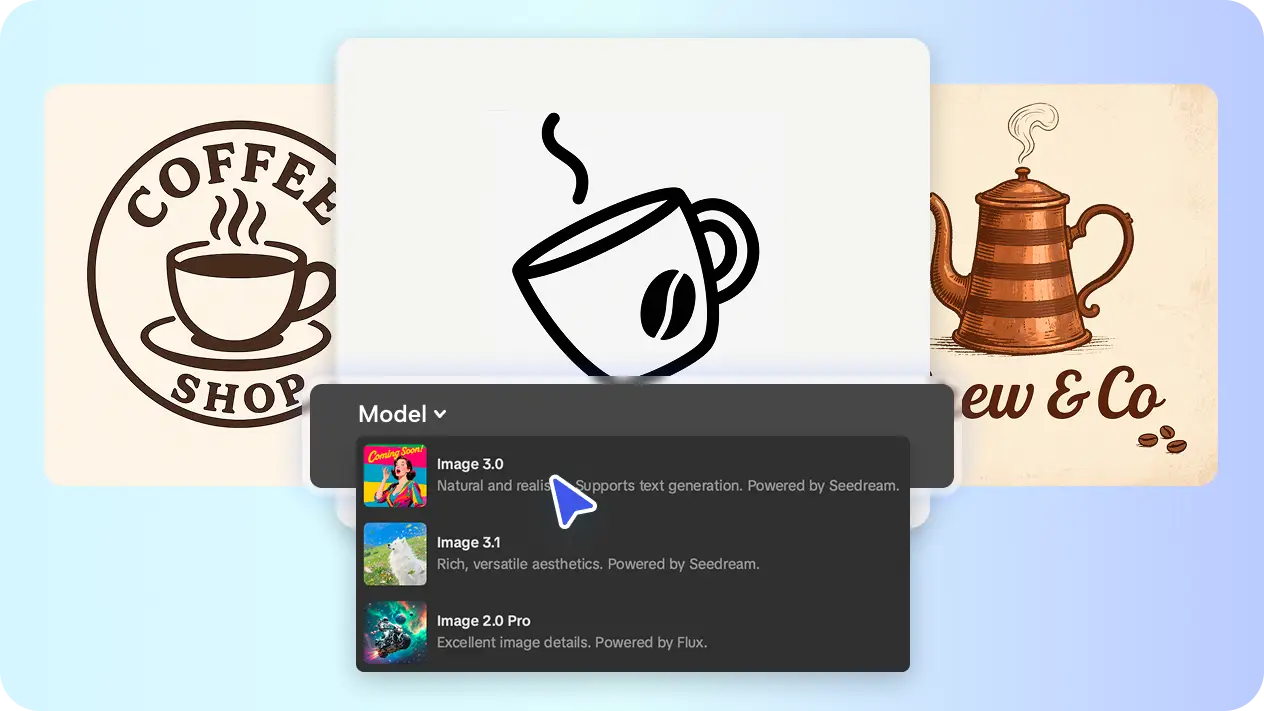HEALTH WATCH: Lowering blood pressure with diet

By Michael Greger M.D. FACLM
THE MOST comprehensive and systematic analysis of causes of death ever undertaken allows us to answer questions like, how many lives could we save if people cut back on soda?
The answer is 299,521. Soft drinks aren’t just bad because they’re empty calories. More than just not being a health-promoting item, soda appears to be an actively death-promoting item.
Of course, it’s not as deadly as processed meats such as bacon, bologna, ham, or hot dogs, which account for about 800,000 deaths every year—killing twice as many women as domestic violence and five times more people than all illegal drugs combined.
On the other hand, eating more whole grains could save 1.7 million lives. And more vegetables could save 1.8 million lives every year.
If only we ate more nuts and seeds, we’d save 2 and a half million lives. But fruit is apparently what the world needs most (they didn’t look at beans) with 4.9 million lives hanging in the balance every year. The cure is not drugs or vaccines; the cure is fruit.
The #1 dietary risk factor for death in the world may be not eating enough fruit.
One reason why plant-based diets can save so many millions is because the #1 killer risk factor in the world is high blood pressure, laying to waste nine million people year after year. In the United States, high blood pressure affects nearly 78 million—that’s one in three of us.
As we age our pressures get higher and higher, such that by age 60, it strikes more than half of that population. If it affects most of us when we get older, maybe it’s less a disease and more just a natural, inevitable consequence of getting older? No. We’ve known for nearly a century that high blood pressure need never occur.
Researchers measured the blood pressure of a thousand people in rural Kenya. Up until age 40, the blood pressures of rural Africans were about the same as Europeans and Americans, down around 120’s over 80’s, but as Westerners age, our pressures creep up such that by age 60 the average person is hypertensive, exceeding 140 over 90.
But the pressures of those in rural Africa improved with age; not only did they not develop hypertension, their blood pressures actually got better.
The 140/90 cut-off is arbitrary. Just like studies that show the lower our cholesterol the better—there’s really no safe level above about 150—blood pressure studies also support a “lower the better” approach.
Even people who start out with blood pressure under 120/80 appear to benefit from blood pressure reduction. The ideal blood pressure, the no-benefit-from-reducing-it-further blood pressure, appears to be 110/70.
Is it possible to get blood pressures under 110 over 70? It’s not just possible, it can be normal for those eating healthy enough diets
Over two years at a rural Kenyan hospital, 1,800 patients were admitted. How many cases of high blood pressure were found? Zero. Wow.
They must have had low rates of heart disease. Actually, they had no rates of heart disease. Not low risk—no risk. Not a single case of arteriosclerosis was found.
Having a “normal” blood pressure may set you up for dying from “normal” causes such as heart attacks and strokes. For more on this concept, see When Low Risk Means High Risk. It’s like having a normal cholesterol level It seems high blood pressure is a choice. Like cavities: Cavities and Coronaries: Our Choice.
Even end-stage malignant hypertension can be reversed with diet (thereby demonstrating it was the diet and not other lifestyle factors that protected traditional plant-based populations
Flax seeds, hibiscus tea, whole grains, and nitrate-rich vegetables may offer additional protection.





